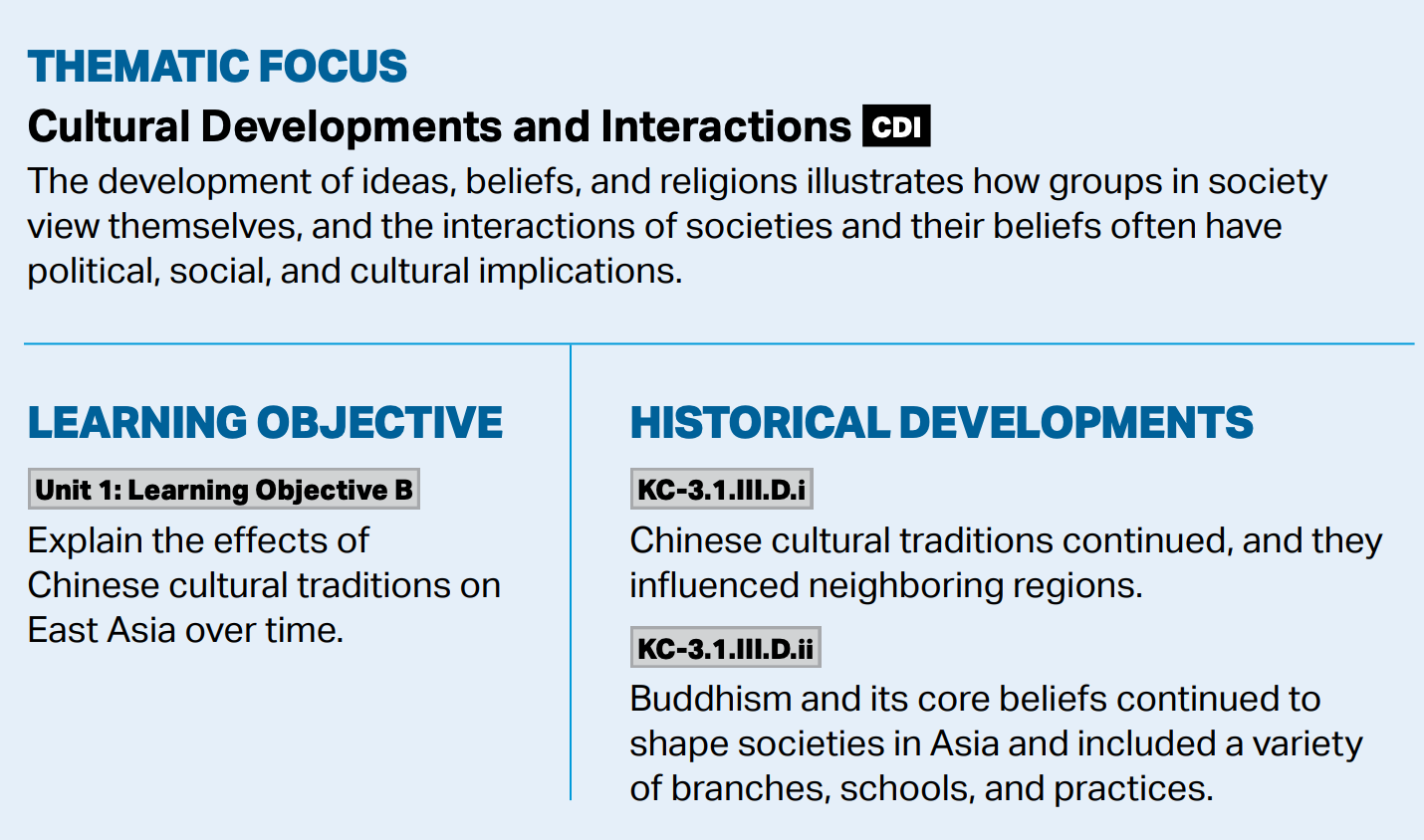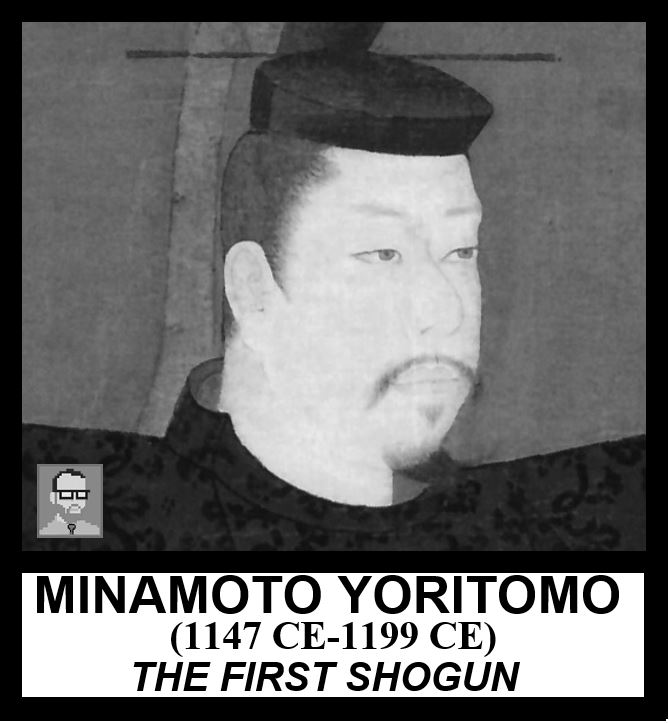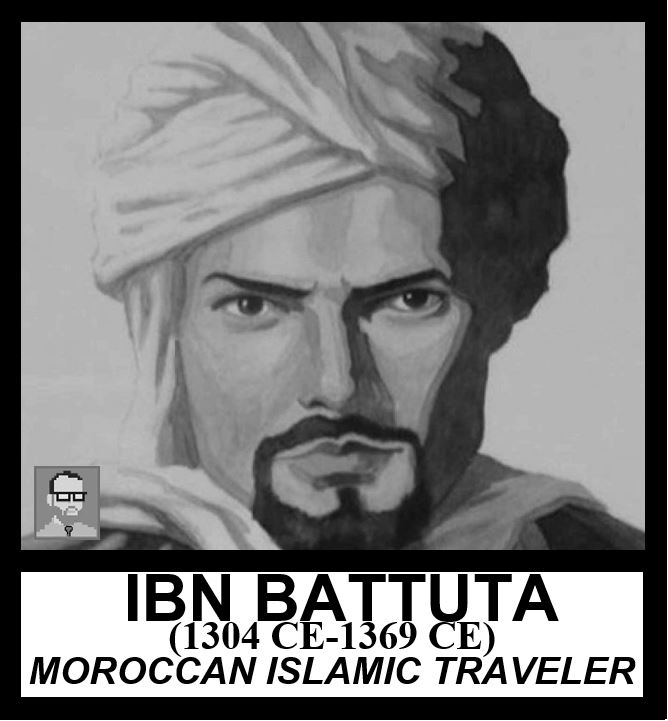East Asia during the GLOBAL TAPESTRY period of 1200-1450 is dominated by the Mongol Invasions. Depending on what you consider “CHINA”, the Mongols arrive in 1205 (against the Western Xia). Normally, East Asia is the story of China and how much influence they exert in the region. However, for the GLOBAL TAPESTRY period, it’s the story of the Fall and Rise of China along with how the other areas like Korea, Japan, and Vietnam handled these invasions.
CHAMPA RICE (from ME! I MADE THIS!)
HOW TO MEMORIZE THE CHINESE DYNASTIES (from Harvard)
THE SONG DYNASTY (960-1279)
TEDEd on GUNPOWDER
VOYAGES of ADMIRAL ZHENGHE (from Crash Course World History #21)
MEDIEVAL CHINESE SCIENCE (from CRASH COURSE HISTORY OF SCIENCE MEDIEVAL CHINA #8)
MARCO POLO (from BIOGRAPHY)
HISTORY of the COMPASS
SILK ROAD (from CRASH COURSE WORLD HISTORY #9)
THE MONGOLS (from CRASH COURSE WORLD HISTORY #17)
THE GREAT WALL (from NATIONAL GEOGRAPHIC)
THE SHOGUNATE SYSTEM (only watch for a few minutes as this goes well past our 1200-1450 time constraints)
SECRET HISTORY OF THE MONGOLS, c. 1230, Anon (MONGOLIA)
TRAVELS OF MARCO POLO, c. 1300, Marco Polo (VENICE)
HAIJIN EDICTS, c. 1371, Hongwu Emperor (MING CHINA)
JIKJI, c. 1372, Baegun (GORYEO)
GALLE TRILINGUAL INSCRIPTION, c. 1409, Zhenghe (SRI LANKA)
1. JAMI’ al-TAWARIKH (Mongols fighting Jin China), Ilkhanate (c. 1211 CE)
2. WATER-MOON AVALOKITESVARA, GORYEO (c. 1350)
3. THE DEATH OF BUDDHA, Kamakura Japan (c. 1350)
4. THE MING GREAT WALL, Ming China (c. 1420)
5. THE FORBIDDEN CITY, Beijing (1420 CE)
The “Global Tapestry” picks up East Asia in transition. China is divided in 3 (Xia, Jin, & Song). Japan has just united under the Kamakura Shogunate. Korea is arguably the most stable in this period being ruled by the Goryeo.
Everyone in East Asia (like the rest of Afro-Eurasia) is dealing with the Mongol invasions and rule of the Mongol Khanates.
Japan just began, and will continue to be ruled by different Shogunates until the middle of the 1800s.
Trade is of the utmost important to the region as it is the source of the Silk Road and Zhenghe’s voyages (which are over by 1450 as China turns to isolation).
East Asia is fully dominated by the Three Beliefs (CONFUCIANISM, BUDDHISM, TAOISM) (add Shinto if you’re in Japan). A mixture of these beliefs will remain the main belief in the region going forward.

























